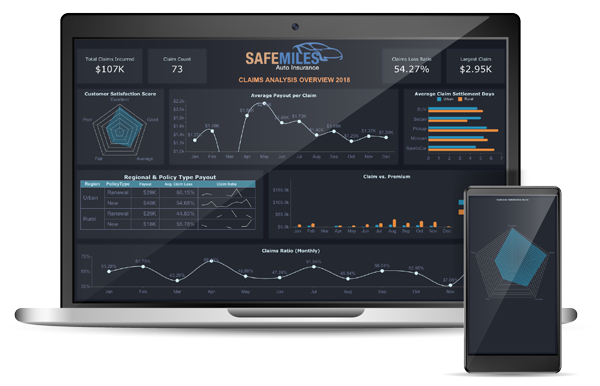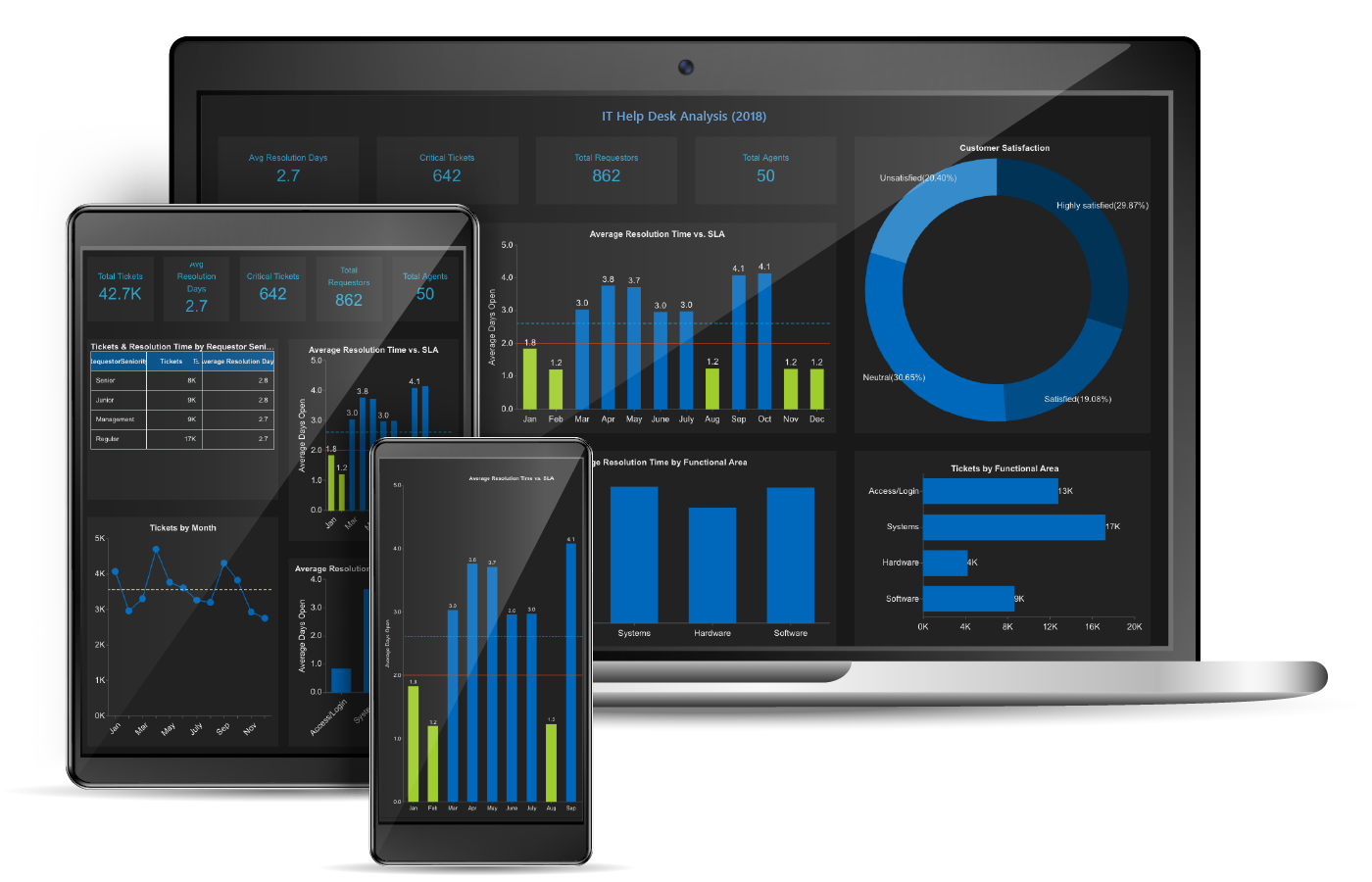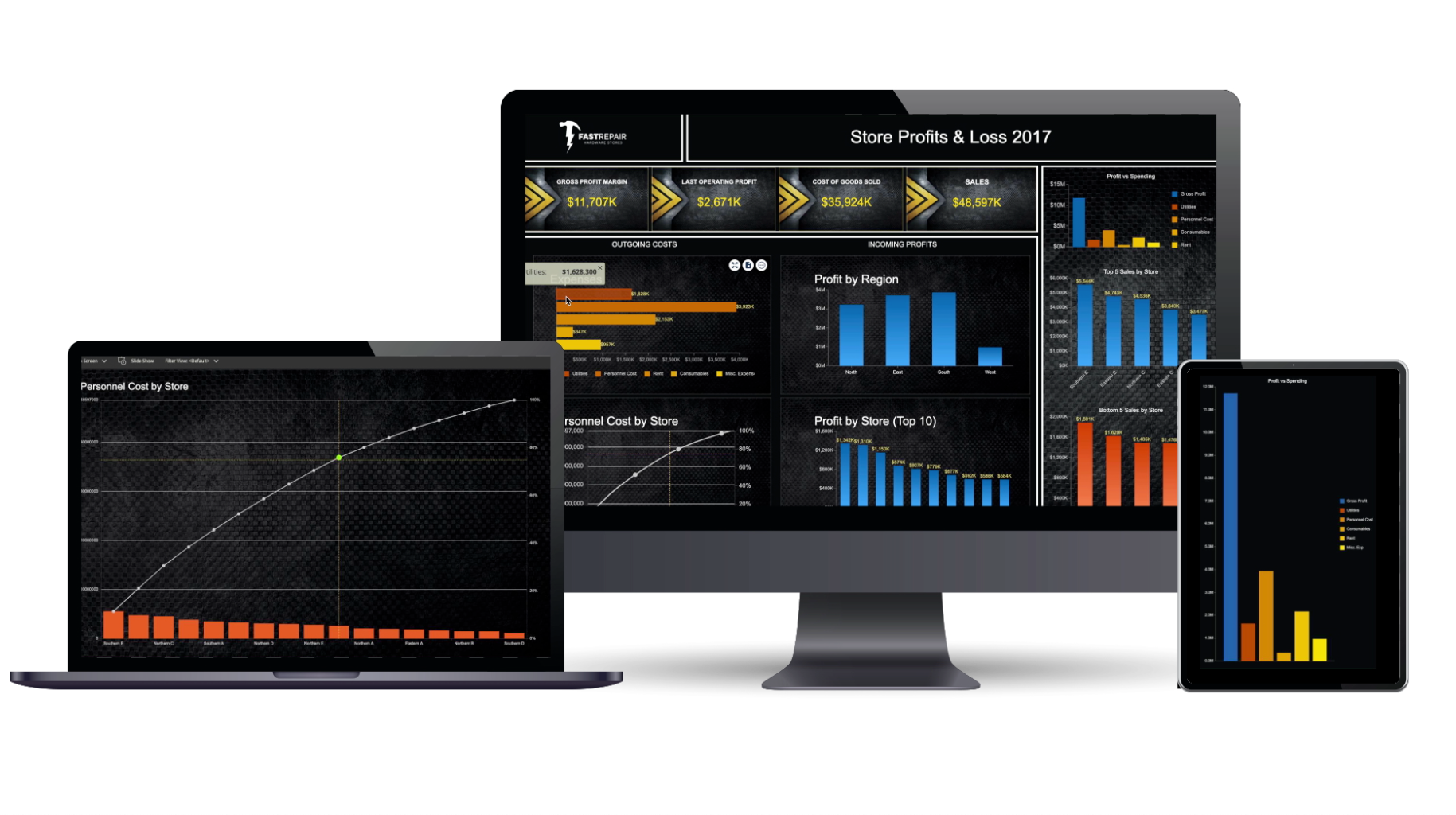Data has become an organization’s most valuable asset—yet, many aren’t fully taking advantage of it. That’s because it’s not a straightforward proposition, like drilling for oil or mining for metals.
While drilling down into our data and mining for insights has benefits, we may not fully understand how to monetize them. Data monetization is typically defined as creating economic benefit from enterprise-generated data, which includes selling your data to third parties.
But that’s just one way to monetize your data. You could also use data to improve upon business processes, uncover new opportunities and even reduce costs. You could also use it to provide added value to customers or partners, perhaps through data-related services.
Most organizations have access to “an array of data on their supply chains, operations, strategic partners, customers and competitors,” according to an article in MIT Sloan Management Review. “Yet most companies are leaving money on the table, with only one in 12 monetizing data to its fullest extent. Data on its own has value, but insights derived from data substantially increase that value.”
Here are some ways to monetize your data assets:
1. Sell raw data to third parties: Depending on your business and industry, your raw, aggregated or anonymized data could be valuable to third parties who mine it for insights. However, this does come with some level of risk: You must adhere to regulations around data-sharing—or risk hefty fines and bad PR.
2. Sell insights to third parties: You could also sell your ‘insights’ by doing advanced analysis on your data and selling those insights in the form of a product or service, such as market forecasts and benchmarking reports. Insights can be sold as a one-time product or as a subscription-based service, including customer intelligence-as-a-service.
3. Create new revenue streams: You can also monetize your data internally within departments such as sales and marketing. Using business intelligence, you can uncover trends or insights that could help your business innovate, improve performance, reach new customers and drive new sales.
4. Discover new business opportunities: By embedding analytics into your products or services, customers gain access to data from products or services they already use (think: usage data from a smartwatch). Organizations, in turn, gain insights into how their products are being used, which can be leveraged for new products, services or add-ons.
5. Reduce operational costs: Analysis on your operational or production data can be used to optimize or re-engineer business performance, such as streamlining operations, avoiding risk, reducing waste and finding efficiencies that can save money.
Barriers to successful data monetization
If data is such a valuable asset, why aren’t more organizations monetizing it?
“It’s not enough to simply have data. The value of data comes from the insights it creates, the processes it optimizes and its ability to enable better decision making. The reality is, despite data and analytics hype and expectations, most organizations are not successfully monetizing their data,” according to Gartner.
Some of the key barriers include:
- lack of a unified data strategy
- failure to link this strategy to overall business goals
- teams working in silos across the organization
- teams using different data analysis tools
By addressing these key barriers, you can start building a foundation for data monetization.
Getting started
But before you get started, it’s important to understand your data assets.
“Before thinking about monetizing data, companies need to discover what kind of data they hold about their partners, customers, products, assets or transactions and what publicly available data can be called on to increase the value of their proprietary data,” according to KPMG.
Companies also need to determine how that data is of value, “whether that data is of value internally to cut costs, streamline operations or improve sales processes, or as an external revenue stream such as customer intelligence as a service, or both,” according to KPMG.
That starts with good data management. For example, do you understand the role of data in your business? Understanding this helps to manage risk and ensure compliance. Then, you need to “get your data house in order,” according to KPMG, which means gathering metadata on your data (such as its quality and where it’s stored).
From there, you can start connecting your data strategy to your business strategy.
BI platforms
To support that strategy, you’ll need the right tools and technology. A business intelligence (BI) platform provides a foundation for analyzing your data and uncovering meaningful insights, typically through dashboards, visualizations and reports.
Consider a self-service BI platform, which gives access to users in different areas of your business. A self-service BI platform can help to share data insights across teams and executive leadership while also eliminating data silos, making it ideal for data monetization strategies. Embedding analytics in your products or services can also set you up to monetize data generated from those products or services.
While data monetization can create new revenue streams, it comes with a host of other intangible benefits, such as improving the customer experience, boosting customer loyalty and gaining a competitive edge—all of which can ultimately boost your bottom line.































